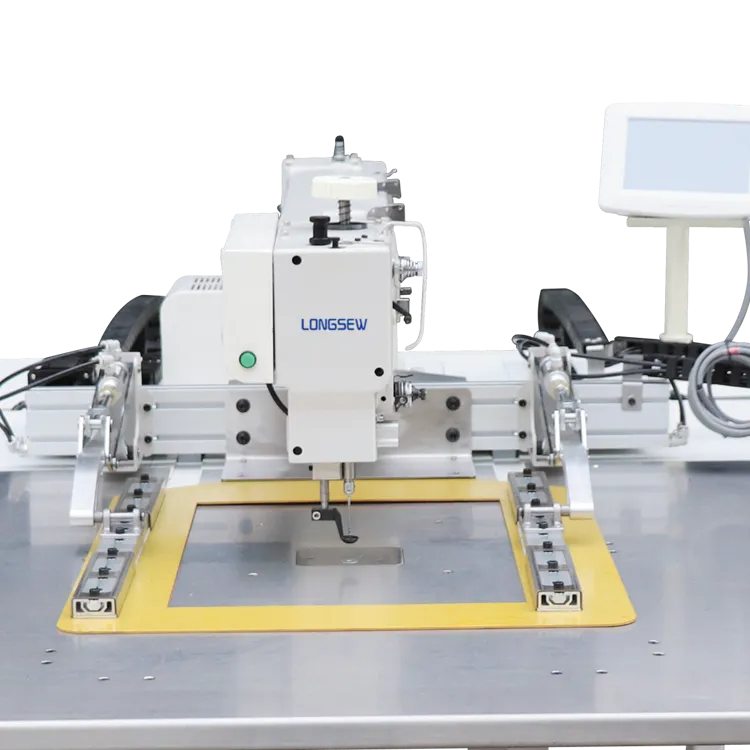what is the difference between coverstitch and overlock
The Difference Between Coverstitch and Overlock
When it comes to sewing and garment construction, understanding the distinctions between different types of stitch machines is essential for achieving the desired finish and durability in your projects. Two commonly used types of stitching machines are coverstitch and overlock machines. While both are utilized for creating seams and finishing edges, they serve different purposes and produce distinct results.
Overlock Machines
Overlock machines, often referred to as sergers, are designed primarily for finishing raw edges of fabrics to prevent fraying. They operate using multiple threads—typically three or four—and cut the fabric edges as they stitch. This simultaneous cutting and sewing action creates a neat, professional finish that is commonly found on commercial garments. The versatility of overlock machines allows for various stitch types, such as narrow, wide, and rolled hems, making them an excellent choice for sewing knit fabrics, stretchy materials, or for constructing seams on woven fabrics.
In addition to edge finishing, overlock stitches can stretch with the fabric, making them particularly suitable for projects that require flexibility, such as athletic wear or swimwear. However, they are not ideal for topstitching or providing a finished look on the outside of the garment.
what is the difference between coverstitch and overlock

Coverstitch Machines
Coverstitch machines, on the other hand, are specifically designed for hemming and top stitching, particularly on knit fabrics. This machine utilizes two needles and a looper to create stitches that resemble a double line on the outside, while the inside features a serger-like finish. Coverstitch is commonly used for hems, as it provides a flexible and strong finish that allows the hem to stretch without breaking.
One of the defining features of coverstitch is its ability to create a flatlock-like seam on the hem, which is essential for garments like t-shirts, leggings, and activewear where comfort and stretch are paramount. Unlike overlock machines, coverstitch machines do not cut the fabric; they require raw edges to be pre-finished, allowing for a clean and professional look on the visible side of the garment.
Conclusion
In summary, while both coverstitch and overlock machines are integral tools in the sewing world, they have distinct capabilities and applications. Overlock machines excel in finishing raw edges and creating strong seams, particularly for stretchy fabrics, while coverstitch machines are perfect for adding professional-looking hems and topstitching. Choosing the right machine depends on your specific sewing needs, and understanding their differences will ultimately enhance the quality and durability of your projects.
-
Boost Production Efficiency with a Pattern Sewing MachineNewsAug.29,2025
-
Industrial Excellence with the Best Heavy Duty Sewing MachineNewsAug.29,2025
-
Precision and Power with the Best Pattern Sewing MachineNewsAug.29,2025
-
Reliable Bulk Packaging Starts With the Right FIBC Sewing MachineNewsAug.29,2025
-
Advanced Packaging Solutions: Elevate Productivity with Jumbo Bag Sewing Machine and Industrial Stitching EquipmentNewsAug.29,2025
-
High-Performance Solutions for Bulk Packaging: FIBC Sewing Machine and MoreNewsAug.29,2025
-
Maximize Efficiency with an Industrial Cylinder Arm Sewing MachineNewsAug.28,2025


























